
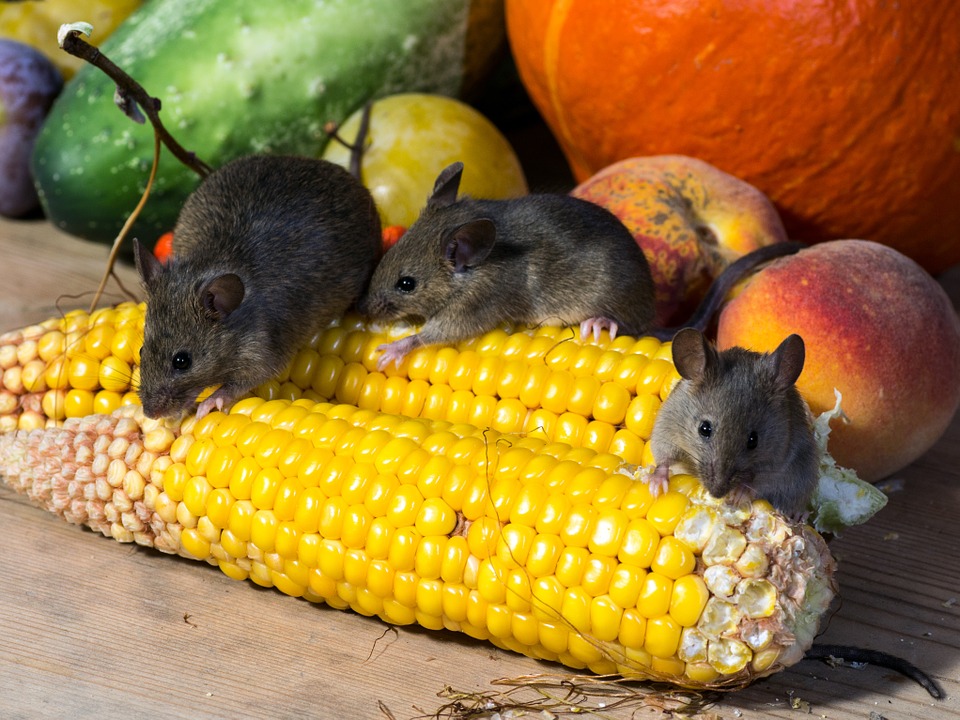
Rat and Mice control in Sydney
Found a rat or mouse in your house?


Rat and Mice Pest Control Sydney – Facts, Identification & Control
Scientific Name: Order Rodentia
What Is a Rodent?
A rodent is a term that is used to group nuisance pests such as rats and mice which can contaminate food, damage property and spread disease.
The rodents that most often come into conflict with people both in residential and commercial properties are:
Rats
By instinct are wary of things that are new to their environment, which can include rat control measures such as traps and bait.
They tend to live in roof cavities, under the house, inside wall voids, external burrows, under concrete and porches and in other hard-to-reach places.
Disease
Rats can harbour and transmit several serious diseases. They can also introduce disease-carrying parasites such as fleas and ticks into your home.
Mice
Invade your home seeking food, water and warmth and each mouse can contaminate much more food than it eats.
Further Reading
What Do Rodents Look Like?
Rodents are warm-blooded mammals that can be found throughout the world. They have oversized front teeth for gnawing which are adapted for chewing.
Rodents chew on a variety of items available to them and cause great damage in and around homes.
Where Do Rodents Live?
Rodents thrive across the world in almost any habitat with access to food and water. Because of their small size, they can be difficult to keep out of a home. Rats and mice only require a small hole to gain access to your home or business
What Damage Can Rodents do?
Rats
- Cause damage to wiring
- Can chew through floor joists and walls
- Cause damage to insulation
- Because rats burrow they can undermine hill sides & retaining walls
Mice
- Unsanitary
- Multiply quickly
- Cause significant damage to your home
- Contaminate food and other materials
- Chewing mouth parts
- Implicated in causing house fires
Are Rodents Cause for Concern?
Rodents & Disease
In addition to being tough to control, rodents can carry diseases which can transfer to food with waste, fur, and saliva, as previously mentioned mice can contaminate about 10 times the amount of food they eat.
Rats & mice are also hosts for fleas, which can spread diseases such as Lymphocytic Choriomeningitis Virus.
This illness mostly affects those with weakened immune systems and may result in headaches, fever, and meningitis. It can also cause complications during pregnancy.
What diseases can be transmitted by rodents?
There are several diseases which can be transmitted via rodents such as:
- Hantavirus Pulmonary Syndrome
- Hemorrhagic Fever with Renal Syndrome
- Lassa Fever
- Leptospirosis
- Lymphocytic Chorio-meningitis (LCM)
- Omsk Hemorrhagic Fever
- Plague
- Rat-Bite Fever
- Salmonellosis
- South American Arenaviruses
- Tularemia
Fortunately, many of these diseases that are mentioned above do not occur here in Australia but since overseas travel is so easy & many of our citizens do travel overseas where these diseases can be a problem.
Diseases Spread by Droppings
When it comes to droppings it is important that you remove them as soon as possible using gloves and discard of any materials used to collect, seal the droppings in a zip lock bag and dispose of immediately as there is a risk that diseases can be spread when dust in your home is contaminated by a rodent’s urine or droppings.
We all know dust flies and there is a risk that urine or faecal contaminated dust can become air borne throughout your house.
The diseases that are of concern when it comes to rodent droppings are:
- Hantavirus Pulmonary Syndrome
- Leptospirosis
- Lymphocytic Chorio-meningitis
- Rat-Bite Fever
- Salmonellosis
- Tularemia
We strongly advice that if you come across a pest rat or mouse that you do not physically hand it as they are equipped with large teeth and can transmit a variety of bacteria, viruses and diseases through their saliva, faeces and urine.
If you find a rodent within your home or business, it is best to contact a pest management professional for removal and identification. The presence of one rodent within a home or business could signal an infestation.
Life Cycle of Rats & Mice
Rodents tend to be rapid breeders. Some species breed year-round, and populations are maintained through constant reproduction.
A single mouse can deliver 8 litters a year and each litter can contain between 4-7 pups per litter, this accounts to an increase of 32-56 pups per year per female mouse!
A single rat can deliver 4-7 litters a year and each litter can contain between 8-12 pups per litter, this accounts to an increase of 32-84 pups per year per female rat!
Seeing these figures, you can clearly see that a mouse or rat infestation can become from bad to worse very quickly.
Do rats & mice hibernate?
Unlike most animal’s rats and mice do not hibernate during the winter months and will actively seek warmth and quickly begin reproducing.
Rats and mice usually more of an issue during the winter months, as the weather cools and the normal food source for the rats & mice become limited.
They enter your home, looking for warmth and food.
However, in saying this, we have noticed a change in the behaviour and breeding of rats and mice. Rats & mice seem to be more of an issue all year round.
This has mainly pinned to the increase in construction in and around Sydney.
What Can I Do to Prevent Rodent Infestations?
Prevention methods should be implemented to maintain a rodent-free home. Rodents reproduce rapidly, and small populations become full-blown infestations in very little time.
Food storage
- Keep any possible food sources away from rodents.
- Seal garbage & goods such as grains and cereals in metal or glass containers to prevent contamination.
- Store Fruits and vegetables properly
- Waste in sinks or on counters can invite rodents
Cardboard
Cardboard objects prove attractive to rodents, as they tend to chew them up for use in their nests.
Seal entrance points
Due to the fat that rodents are able to squeeze their bodies into small holes. Close all holes to prevent entry and re-entry of rodents.
Contact a pest control professional for assistance.
Rodents are some of the most adaptable creatures on the planet and can be extremely difficult to exterminate.
Damage
Rat & mice infestations cause considerable damage to infested buildings and agriculture.
Disease
Rodents are carriers of many diseases and are a health hazard to humans.
Reproduction
Rodent populations grow quickly and steadily.
To protect your home, garden and health from existing rodent infestations, professional, customised solutions are often necessary.
Problems with Do it yourself
Homeowners may seek DIY treatment solutions to their rodent problems. Many of the suggestions online are not capable of addressing full-blown rodent infestations.
Further Reading:
List of Rodents in Australia
Rats
House Mouse
Mouse Plagues in Australia

Contact a Professional
 It is recommended that anyone experiencing a rodent infestation contact a pest control professional to arrange for a consultation.
It is recommended that anyone experiencing a rodent infestation contact a pest control professional to arrange for a consultation.
If you have an issue with rats or mice in Sydney click to call Pest Control Today or get in contact with us via the contact form available at our website.



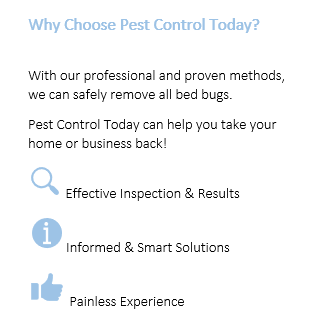

![]() We would love to find out more on how we may be able to help you.
We would love to find out more on how we may be able to help you.


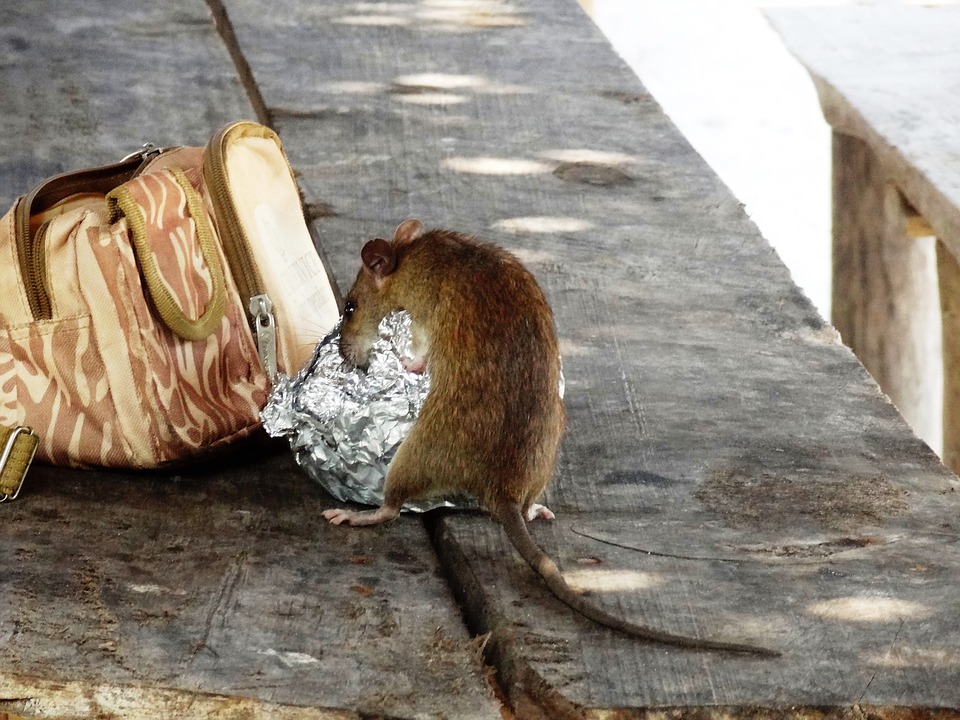
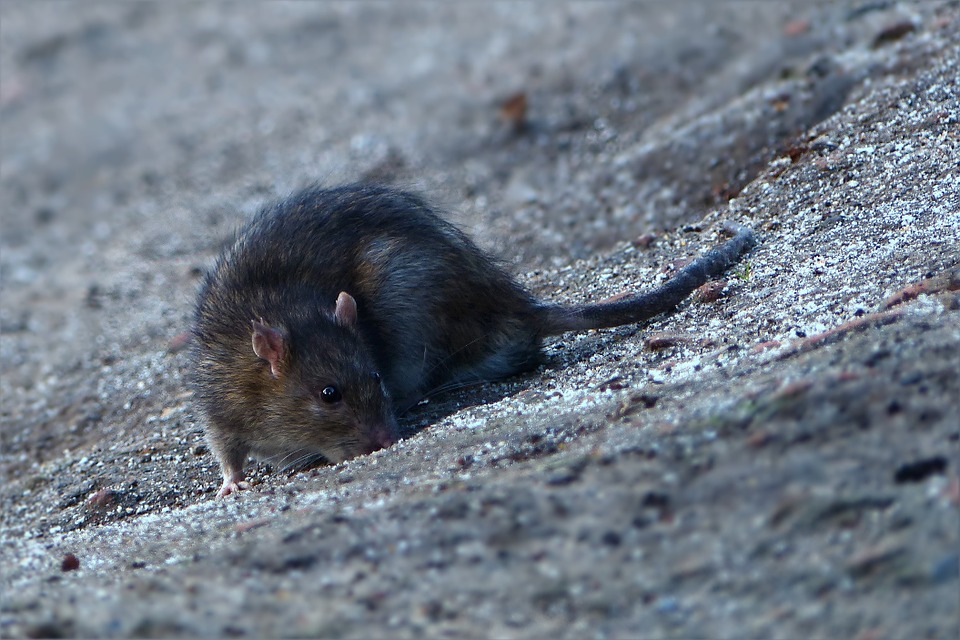
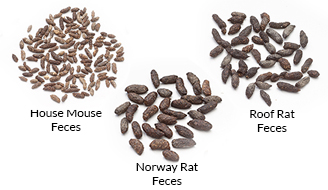

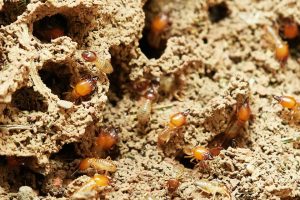
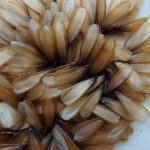 Termite wings
Termite wings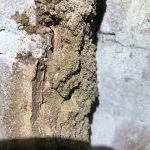
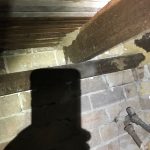 Wood damage
Wood damage